When we came out of Kruger National Park at the end of our first week (2021 03 14), we spent about three days at Tshipise resort for catching up with ‘homework’.
Between laundry and computerwork, we took a walk up to the hot water spring and yes… it was hot. According to the sign the water is about 58 centigrade: HOT! And the air is permeated by the “rotten egg” smell of the Sulphur bubbling up from the spring.
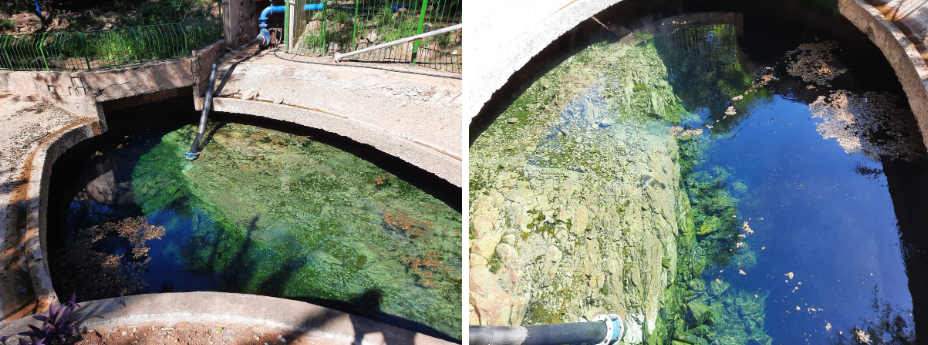
One of the information boards in the resort also showed us where to find Sagole, the biggest Baobab in South Africa (although there seems to be another one claiming the same: Sunland Baobab in Duiwelskloof which seems to have split and broken up in 2009) and a Baobab forest just north of the resort (there had been no arrows on the road or any mention on the map,.. that’s why we missed it).
As we had seen our first Baobabs in the northern section of Kruger National Park, we definitely wanted to see a whole forest of them and see how big the biggest one is.
We took a drive on a rural road with its iconic rural road users: cattle, donkeys and goats. and although I wouldn’t really say it was a forest, there were heaps of Baobabs standing around in the veld. It’s quite weird to see that- where for us these trees are a really special sight- for the locals it’s just a big tree to gather under or to provide shade for the cattle.
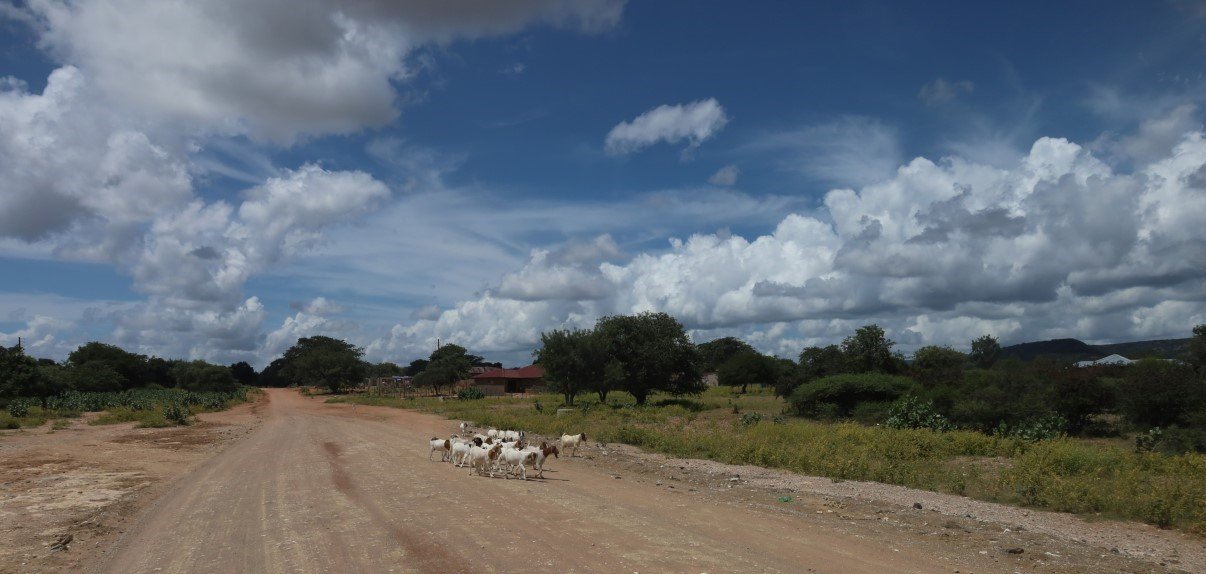
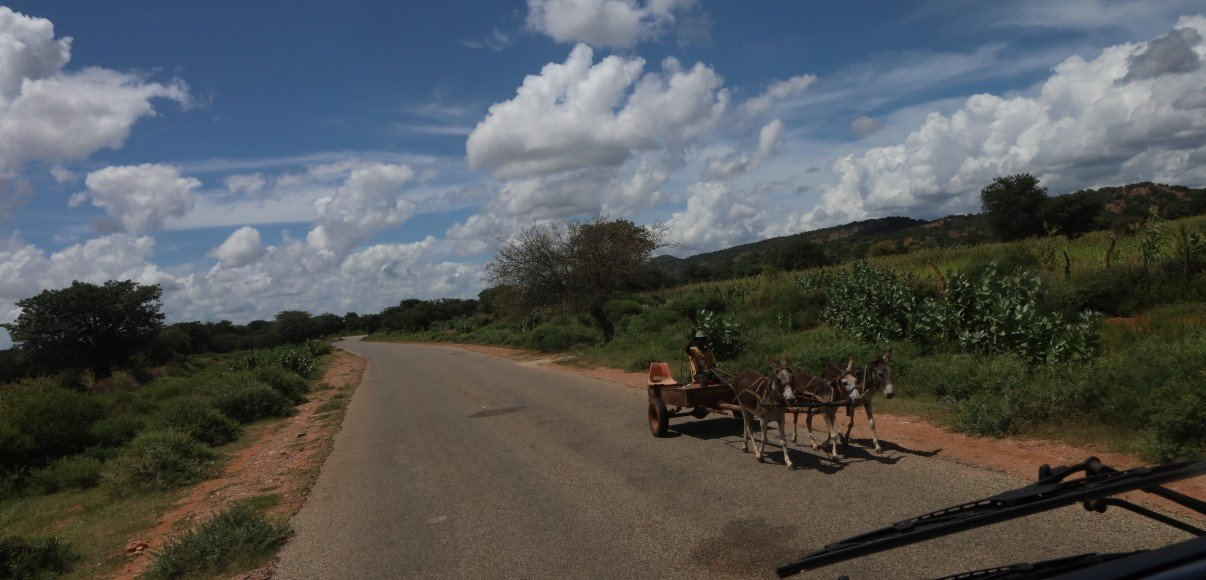
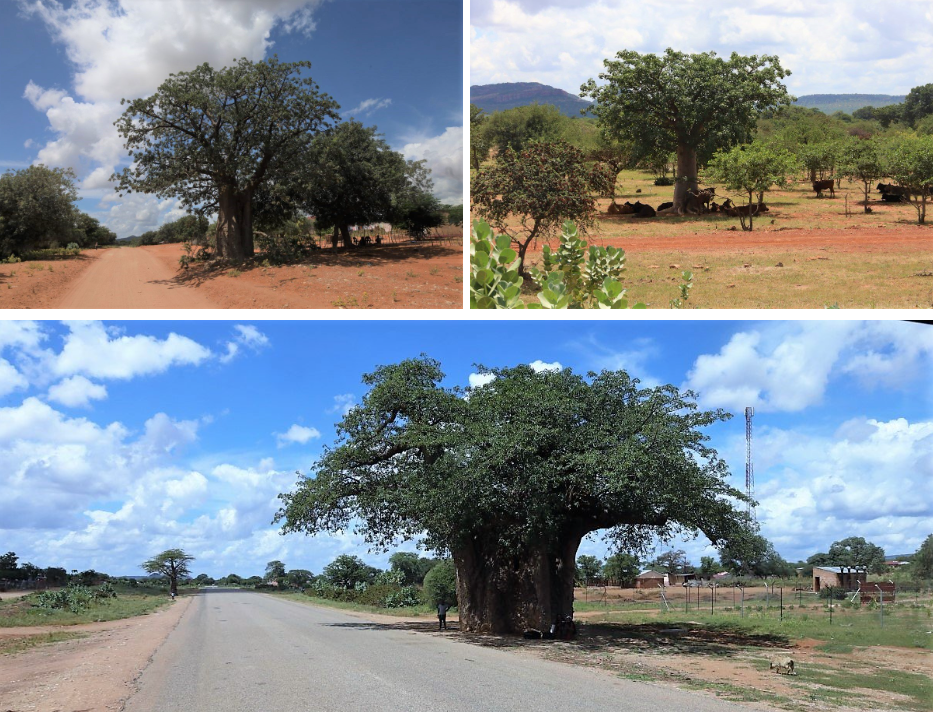

We eventually found the Big Tree and yes… it was big! According to the notification it takes about 28 adults holding hands to circle the tree! That’s Big!
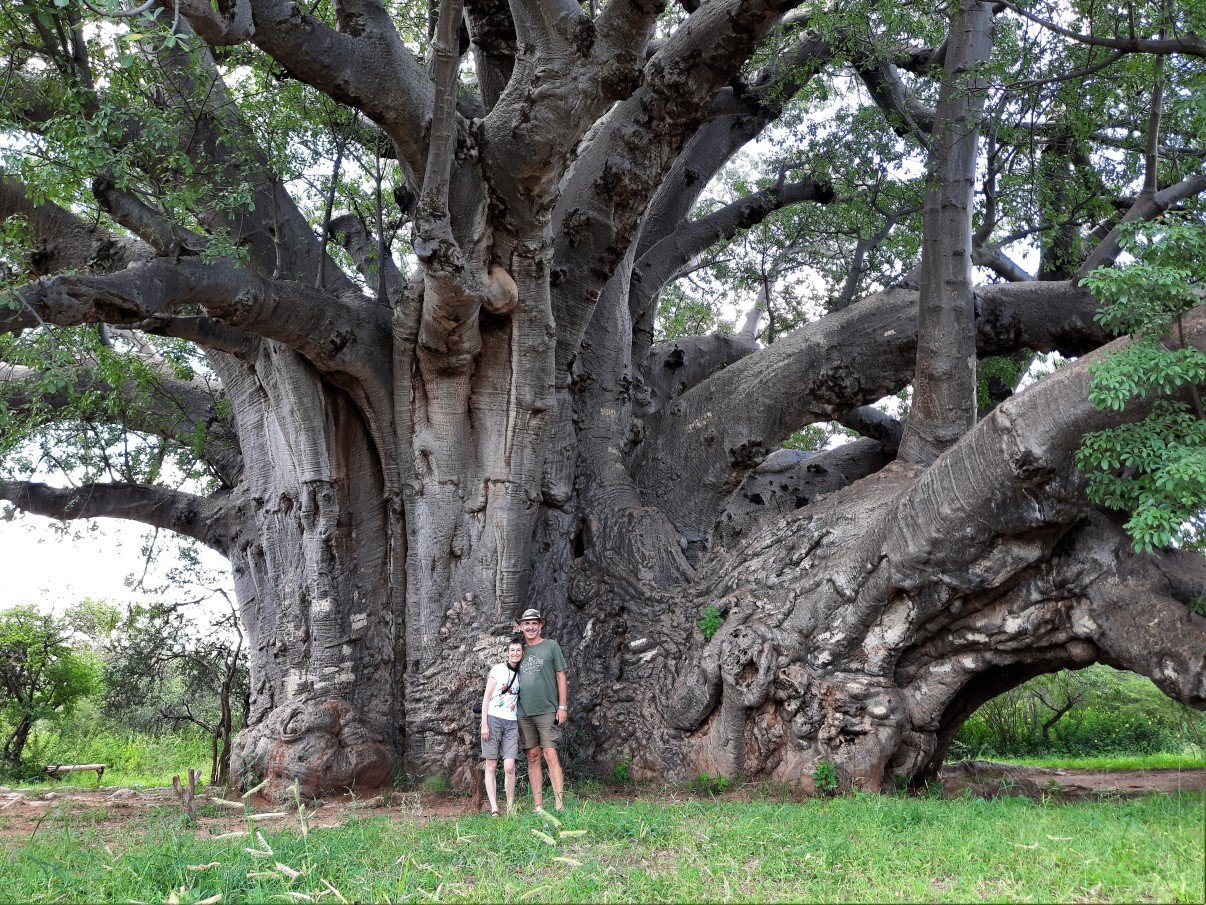
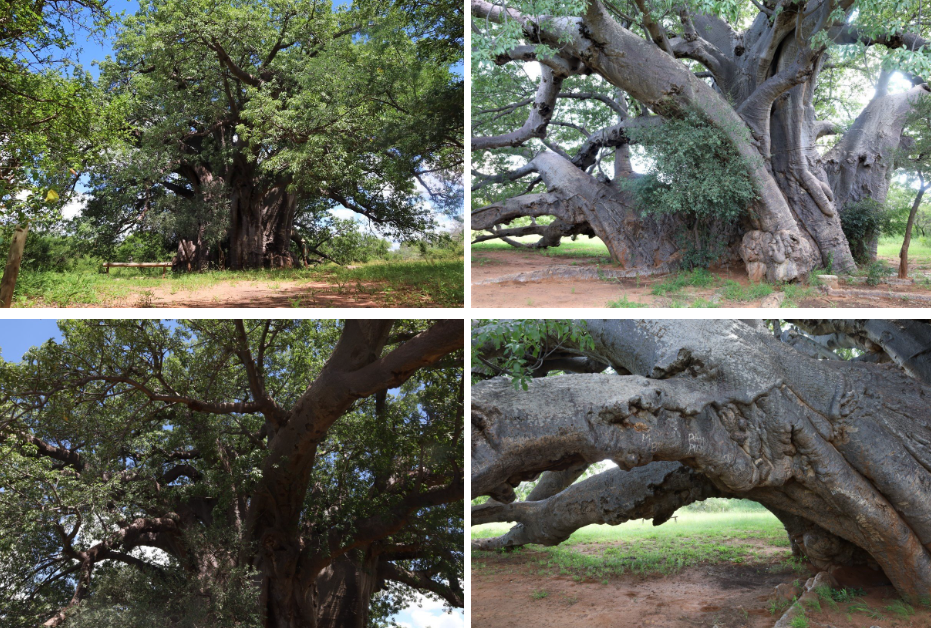
Back on the tar road, we headed towards Musina, as we had read that there is a nature reserve just outside of town with a great collection of Baobabs.
As we’ve experienced many times by now, the regulated 80km per hour for trucks seems to be taken with a pinch of salt sometimes. At one moment a huge truck, piled up with lemons, thundered passed us and with every bump or slight pothole in the road, we saw lemons pop off the truck and roll on the road.
Talking about roads (again): although by now we are getting used to potholed roads, some are worse than others. On our way to Musina, we passed a part of the road where the heavy rainfall of the last few weeks simply had washed away the underlying layer works of the road and the road deck had simply broken off. A nightmare waiting to happen… if it didn’t already happen to some poor unsuspecting traveler at night!
Driving through these outlying areas one passes through a continuous string of rural towns and settlements and they never stop to surprise us on so many levels:
- Compared to the tin shack shanty towns around the big cities, the people here are building proper brick houses that would fit in any affluent suburb in any of the big cities. From a designer point of view I was especially fascinated by the sheer creativity and individual designs I saw on garden walls, gates and fences and even burglar proofing.
- Serious creativity and input in the informal roadstalls. Even though most are just functional, we’ve seen some that have really gone the extra mile to make their stall attractive.
- Business (car wash, tyre repairs, food, selling wood, etc) and social oriented (pubs, restaurants, games,…) are stamped out of the ground at the roadside in almost makeshift wooden and steel constructions,
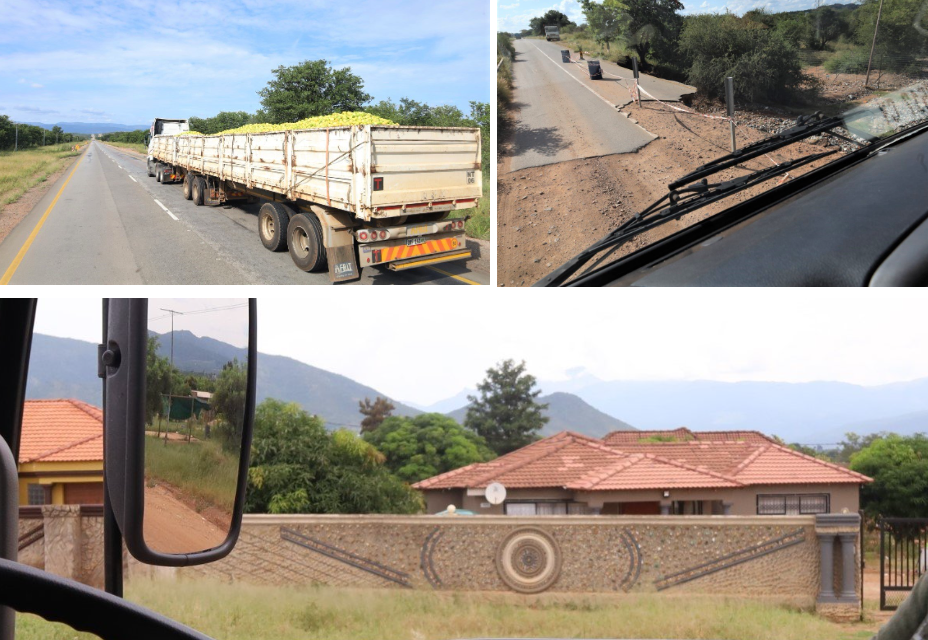
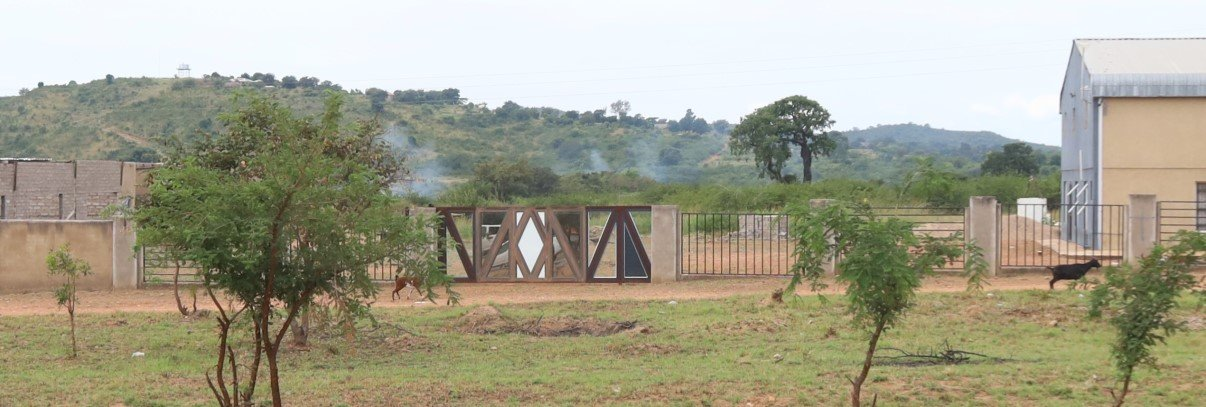
When we eventually arrived in Musina, we were a bit disappointed. The town looks a bit messy and the roads are not well maintained. As this is the main road to Beitbridge border post into Zimbabwe, the main road is lined with informal traders selling fruit and vegetables.
When we drove to the reserve, it was closed for the day and it looked as if the guard wasn’t really enthusiastic.
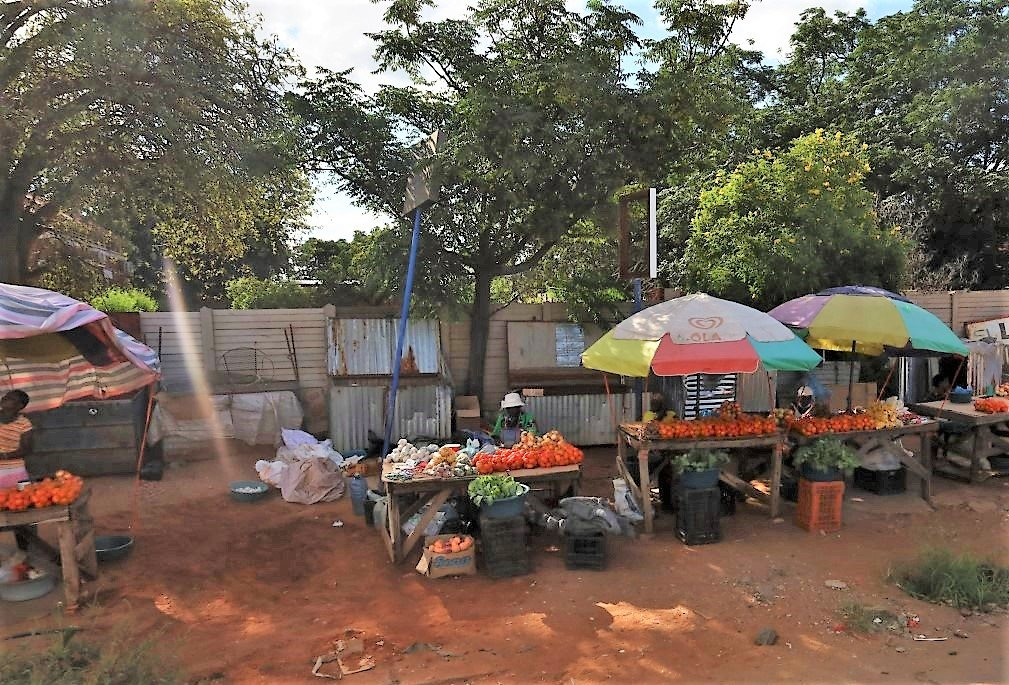
We eventually decided to give this park a skip and instead drive towards Blyde River Canyon and the Panorama Route.
We parked at the first truck stop for a sleepover and the following morning continued on the N1 and R 36, passing through the Verwoerd and Strydom tunnels, missing a rockfall along the way and- through the pine and eucalyptus forests of Modjadji Kloof, home of the Rain Queen- honed in on the Panorama Route.
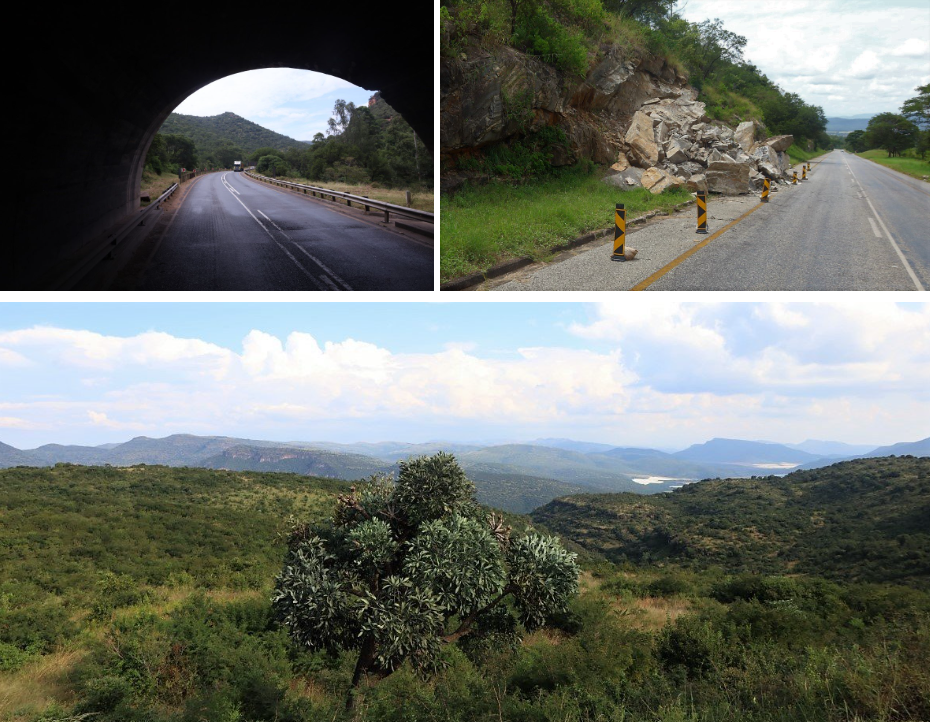
For more photos, clips and videos follow us on


Limpopo and the Baobabs